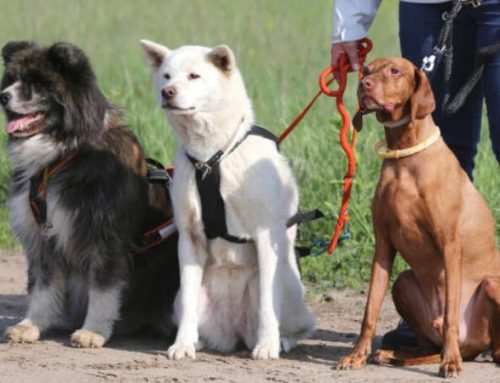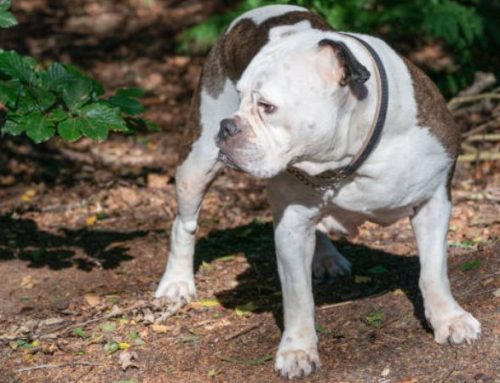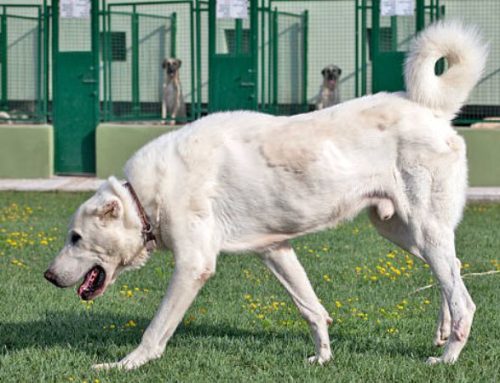Figuring out where and when your dog should do their business can feel overwhelming at first. Potty training is more than just keeping your home clean—it’s about building a routine that helps your dog feel safe, confident, and connected to you.
Whether you’re guiding a curious puppy or helping an older dog adjust to new habits, this practical 3-day plan will set you both up for success.
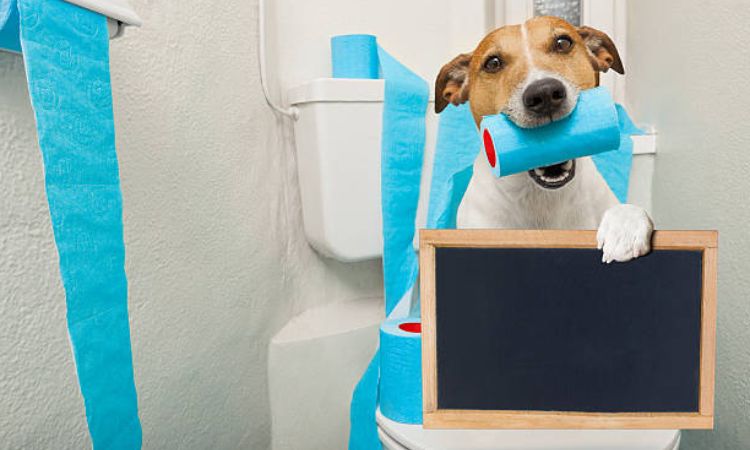
Creating a Potty Training Schedule
- Take your dog outside frequently, starting about once every hour. Focus on key times when they are most likely to need a bathroom break, such as right after eating, drinking, playing, or waking up from a nap.
- Use a leash during potty breaks to guide your dog directly to the designated potty area. This keeps them focused and prevents distractions from sights, smells, or noises.
- Confine your dog when unsupervised using a crate or playpen. This helps prevent accidents and encourages your dog to learn bladder control, as dogs naturally avoid soiling their sleeping space.
- Gradually extend the time between potty trips as your dog gains better control. Start with hourly breaks, then increase to every two to three hours, adjusting according to your dog’s age and progress.
Teaching and Reinforcing Potty Behavior
Start by using a consistent verbal cue every time you take your dog to the designated potty area, such as “go potty” or a phrase of your choice. This helps your dog associate the command with the action of eliminating.
Once at the potty spot, remain patient and quiet. Avoid distracting your dog with excessive attention, play, or repeated prompts, as this can interrupt the process and slow learning. Give them the space and time to focus on going to the bathroom.
As soon as your dog successfully eliminates in the correct spot, provide immediate positive reinforcement. This can include verbal praise, petting, or small treats. The timing of the reward is essential—delivering it right after they finish strengthens the association between the behavior and the reward, encouraging them to repeat it in the future.
Additionally, pay attention to your dog’s natural potty habits. Note patterns such as times of day, after meals, naps, or play sessions. Observing these trends allows you to anticipate bathroom breaks more accurately, reducing the likelihood of indoor accidents and helping your dog build a reliable routine.
Progressing Through the Three Days
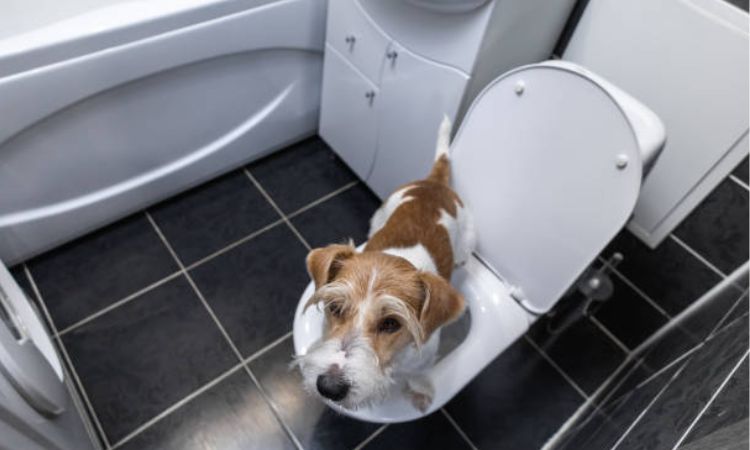
Day 1: Introduce the routine, frequent potty breaks, and start leash training to the potty spot
On the first day, your main focus is building a consistent routine and helping your dog understand exactly where they should go. Take your puppy or dog out to the designated potty spot first thing in the morning, after every meal, play session, or nap, and before bedtime.
Keep them on a leash so you can guide them directly to the right place without distractions. Use your chosen verbal cue, such as “go potty,” each time you arrive at the spot. Keep the environment calm and quiet to help your dog focus. Frequent breaks are essential at this stage—think every 30 to 60 minutes for young puppies—so they have plenty of opportunities to succeed.
Day 2: Reinforce routine, continue close supervision, and start recognizing signs your dog needs to go
By the second day, your dog will begin associating the potty spot and cue with the desired behavior, so your job is to reinforce these early successes. Stick to the same schedule as Day 1, but pay even closer attention to your dog’s body language. Common signs include sniffing the floor, circling, suddenly pausing during play, or heading toward the door.
The moment you see these cues, calmly and quickly take them to the potty spot on a leash. Keep rewarding them immediately after they finish. Inside the house, maintain constant supervision—either keep them within arm’s reach or use a crate or playpen when you can’t watch them. This prevents accidents and strengthens the habit of going outside.
Day 3: Begin extending time between breaks if your dog is successful; gradually grant more freedom in the house
On the third day, if your dog has been consistently eliminating in the right spot with no accidents, you can start extending the time between potty breaks by 15–30 minutes. This helps them learn to hold their bladder longer while still setting them up for success. Continue to monitor for potty signals and respond promptly.
If they remain accident-free, you can slowly increase their freedom indoors, allowing them supervised access to more areas of the house. Freedom should always be earned—if they have an accident, simply go back to more frequent breaks and closer supervision for another day or two. This steady, measured approach ensures that your dog develops reliable potty habits while minimizing setbacks.
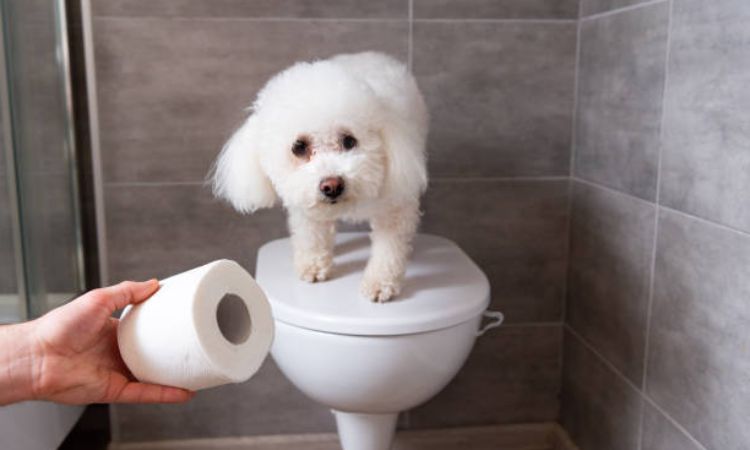
Additional Tips for Faster Success
Consistency and patience are essential when potty training your dog. Dogs learn best when routines are predictable, so maintain the same feeding, play, and potty schedule every day. Progress can vary depending on your dog’s age, breed, or previous habits, so avoid rushing the process.
- Use positive reinforcement only: Praise, treats, or a favorite toy immediately after your dog goes in the correct spot. Avoid yelling, scolding, or rubbing their nose in accidents, as this can create fear and slow learning.
- Track progress: Keep a potty training chart or simple notes. Record when your dog eliminates, signs they show before going, and how long they can hold it. This helps anticipate bathroom breaks and prevent accidents.
- Adjust schedule as needed: Use your notes to fine-tune potty break intervals, especially as your dog’s bladder control improves.
If your dog struggles to control their bladder or bowels despite consistent training, there may be underlying health issues such as urinary tract infections or digestive problems. Early intervention ensures smoother training and your dog’s well-being.
Potty training your dog in three days is an intensive but achievable goal. By staying consistent with a strict schedule, using positive reinforcement, and being vigilant about supervision, you can lay a strong foundation for good habits. Remember, every dog is different, so while the three-day method is a great starting point, the key to lasting success is patience and a strong bond with your furry friend.


